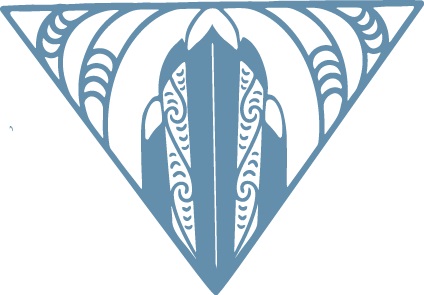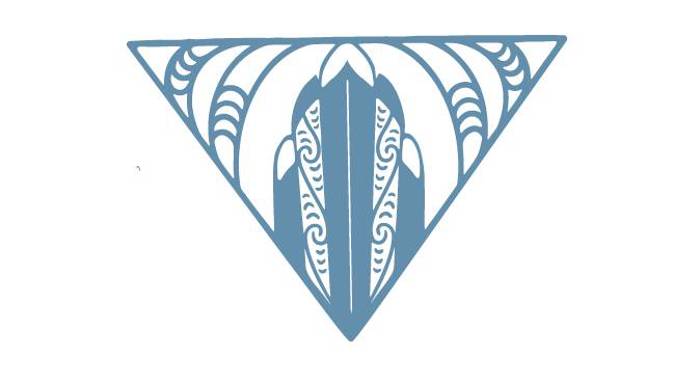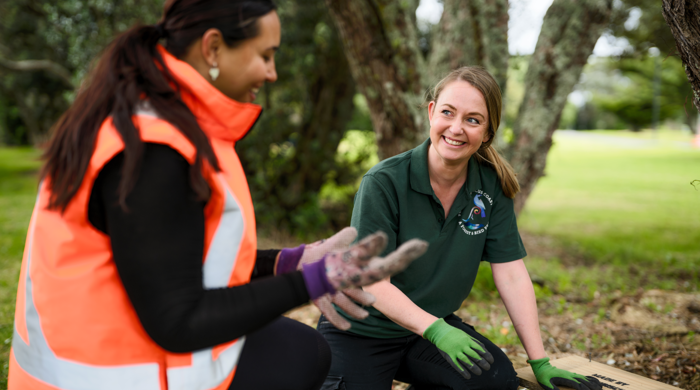
Te whiriwhiri kōrero me ngā mana whenua
Engaging with mana whenua
- Introduction
- 1. Mahi tuatahi: Preparation
- 2. Mahi tuarua: Communication and relationship building
- 3. Mahi tuatoru: Taking the journey together
- Further reading
- Pōwhiri guidance
Guidance for you, or your group or organisation, to engage well with mana whenua.

Introduction
Auckland Council works in partnership with mana whenua to support kaitiakitanga and conservation leadership at place.
We encourage Aucklanders who are involved in conservation mahi to engage with mana whenua. You, your group/organisation and your project can benefit from:
- understanding the history of your area or site
- being informed about the views of mana whenua
- the opportunity to develop a shared direction and vision for the mahi.
The process below reflects mana whenua aspirations and was created with mana whenua, in partnership with Auckland Council's Environmental Services Department. We acknowledge that some mana whenua were not involved in creating this guidance and may have their own engagement preferences.

We encourage you to become familiar with the guidance below and contact Environmental Services staff in the first instance using the Contact us button below. We can then support you or your group/organisation with engagement, from the first ‘call to prepare' principle.
Note: For mana whenua engagement relating to resource or building consent consultations or related matters refer to the resource consent application information on the Auckland Council website to follow the process outlined.
Ko au te taiao ko te taiao ko au
I am the environment, and the environment is me
Traditional knowledge systems inform the tikanga and ways of working for mana whenua, in relation to te taiao. Tikanga is an essential principle in building and maintaining relationships. Tikanga has informed the process for engagement and the pōwhiri approach has guided the format of this process.
The engagement process for conservation projects follows three key steps:
- Mahi tuatahi: Karanga whakarite - The call to prepare
- Mahi tuarua: Whakawhitiwhiti kōrero - Communication and relationship building
- Mahi tuatoru: Te hono whanaungatanga - Taking the journey together.
1. Mahi tuatahi: Preparation
This first step is to prepare well to ensure successful engagement with mana whenua.
First get in touch with Auckland Council's Environmental Services Department using the Contact us button at the bottom of this webpage.
Environmental Services staff work closely with mana whenua as our Te Tiriti o Waitangi partners. We are well-placed to support collaborative partnerships between mana whenua and Aucklanders carrying out conservation of te taiao.
Environmental Services staff can support you to:
- identify the mana whenua entities relevant to your site or area
- understand mana whenua expectations, priorities, interests, desired outcomes and values based on existing guidance from mana whenua, through key documents like iwi environmental management or taiao plans and other information we have access to
- provide guidance on what engagement might look and feel like. This will depend on the place, the project, if conservation efforts are already in progress or planned and the specific mana whenua entities involved.
The Know your iwi section provides introductory information on mana whenua across Tāmaki Makaurau and the greater Auckland region.
2. Mahi tuarua: Communication and relationship building
The second step is to nurture relationships through the process of whakawhanaungatanga, between mana whenua and individuals/groups/organisations, that are beneficial to both parties.
Be sure to allow sufficient time for meaningful engagement. Mana whenua are called upon to partner and advise on a wide range of mahi in the region. Individuals/groups/organisations also need to consider mana whenua time and resource requirements within their project budgets and planning. Auckland Council can provide guidance regarding resourcing.
Environmental Services staff can facilitate an initial meeting between you and mana whenua to support the following:
Outlining the project details:
- intentions of the project
- timeline
- what role you would like mana whenua to have in your project.
Whakawhiti korero - an informed conversation to:
- exchange values and views
- share more specific advice and support on engagement with specific mana whenua within the project area/s
- reflect on shared experiences and connections, while focusing on similarities rather than differences.
The most important thing is relationships - having the cup of tea and getting to know each other without an agenda. It's important to take these opportunities when they arise. It may take a number of cups of tea before the time is right to progress to mahi related kōrero.
Cultural inductions
Cultural inductions may also be appropriate. They can provide an opportunity to better understand cultural values and tikanga at place, along with other specific information relevant to the project.
Heritage wananga
Where urupa, waahi tapu, koiwi, sites of significance and/or middens might be discovered on the site or in an area, a heritage wānanga may be needed. This is to ensure correct protocols are followed if this occurs.
3. Mahi tuatoru: Taking the journey together
This step is about individuals/groups/organisations working alongside mana whenua with mutual respect and authenticity to achieve project outcomes and mana whenua aspirations. For example:
- Rohe/area-based priorities
- Priorities identified in mana whenua plans
- Restoration of awa and wetlands support mahinga kai and food gathering
- Sites of significance, wāhi tapu, urupā and wāhi taonga are respected and protected.
This stage should signify the maturing of the relationship, one that is committed to long term and not just for the life of the project.

Further reading
- Lessons for successful mana whenua engagement - tips for people who don't know where to start. An Auckland Council resource. (PDF, 3,488 KB)
- Māori engagement: Tools and resources to support kōrero and engagement with Māori and lift understanding of Māori culture and tikanga. Website content by the Community Comms Collective.
- Start with a blank piece of paper: In partnership with mana whenua. Website content by Auckland North Community and Development / Te Runanga Ratonga Hapori o Te Raki-Pae-Whenua.
- Engaging with Māori: A guide for Aotearoa New Zealand River Managers. By Bay of Plenty Regional Council / Toi Moana and Resilient River Communities (PDF, 3,695KB)
- Tangata Tiriti - Treaty People - an education programme on the Treaty of Waitangi including resources in many languages.
Pōwhiri guidance
If you have the opportunity to be involved in a pōwhiri these resources will provide some guidance on what to expect.



